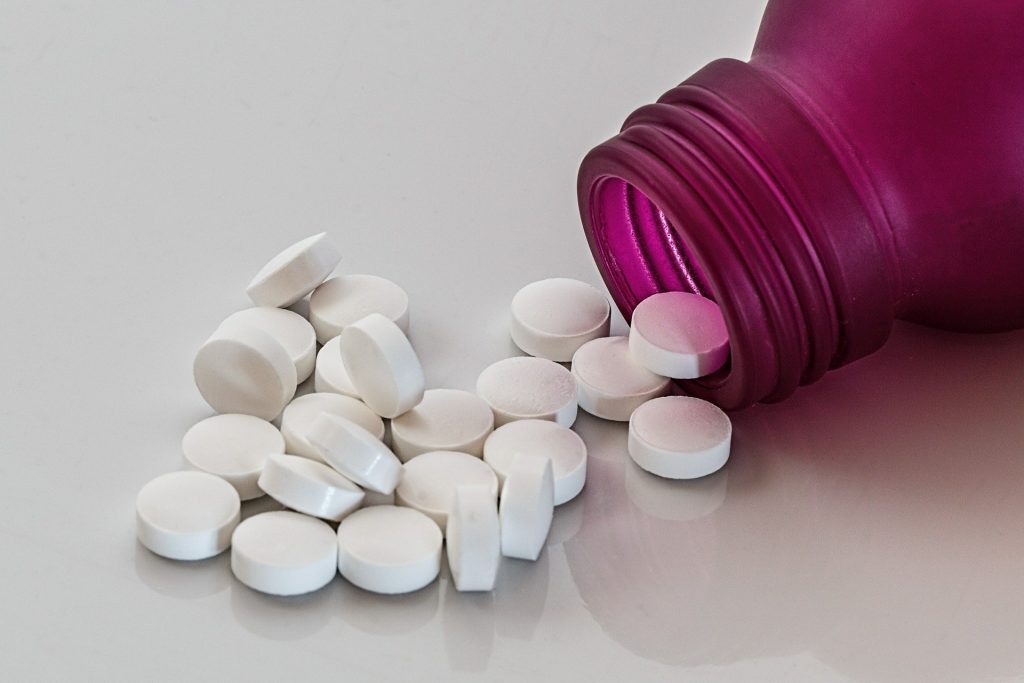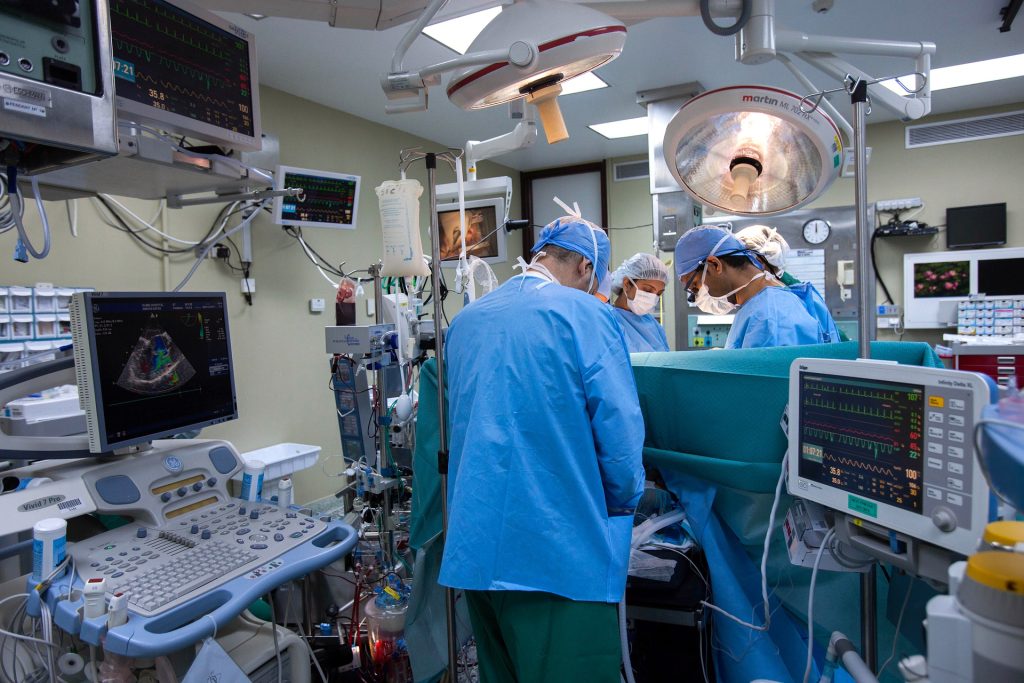Old Antibiotics as New Weapons against Melanoma

Researchers may have hit upon a new weapon in the fight against melanoma: antibiotics that target a vulnerability in the ‘power plants’ of cancer cells when they try to survive cancer therapy.
“As the cancer evolves, some melanoma cells may escape the treatment and stop proliferating to ‘hide’ from the immune system. These are the cells that have the potential to form a new tumor mass at a later stage,” explains cancer researcher and RNA biologist Eleonora Leucci at KU Leuven, Belgium. “In order to survive the cancer treatment however, those inactive cells need to keep their ‘power plants’—the mitochondria—switched on at all times.” As mitochondria derive from bacteria that, over time, started living inside cells, they are very vulnerable to a specific class of antibiotics. This is what gave us the idea to use these antibiotics as anti-melanoma agents.”
The researchers implanted patient-derived tumors into mice, which were then treated with antibiotics, either as alone or in combined with existing anti-melanoma therapies. Leucci observed: “The antibiotics quickly killed many cancer cells and could thus be used to buy the precious time needed for immunotherapy to kick in. In tumors that were no longer responding to targeted therapies, the antibiotics extended the lifespan of—and in some cases even cured—the mice.”
The researchers made use of nearly antibiotics rendered nearly obsolete because of antibiotic resistance. However, this does not affect the efficacy of the treatment in this study, Leucci explained. “The cancer cells show high sensitivity to these antibiotics, so we can now look to repurpose them to treat cancer instead of bacterial infections.”
However, patients with melanoma should not try to experiment, warned Leucci. “Our findings are based on research in mice, so we don’t know how effective this treatment is in human beings. Our study mentions only one human case where a melanoma patient received antibiotics to treat a bacterial infection, and this re-sensitized a resistant melanoma lesion to standard therapy. This result is cause for optimism, but we need more research and clinical studies to examine the use of antibiotics to treat cancer patients. Together with oncologist Oliver Bechter (KU Leuven/UZ Leuven), who is a co-author of this study, we are currently exploring our options.”
Source: KU Leuven
Journal information: Roberto Vendramin et al, Activation of the integrated stress response confers vulnerability to mitoribosome-targeting antibiotics in melanoma, Journal of Experimental Medicine (2021). DOI: 10.1084/jem.20210571



